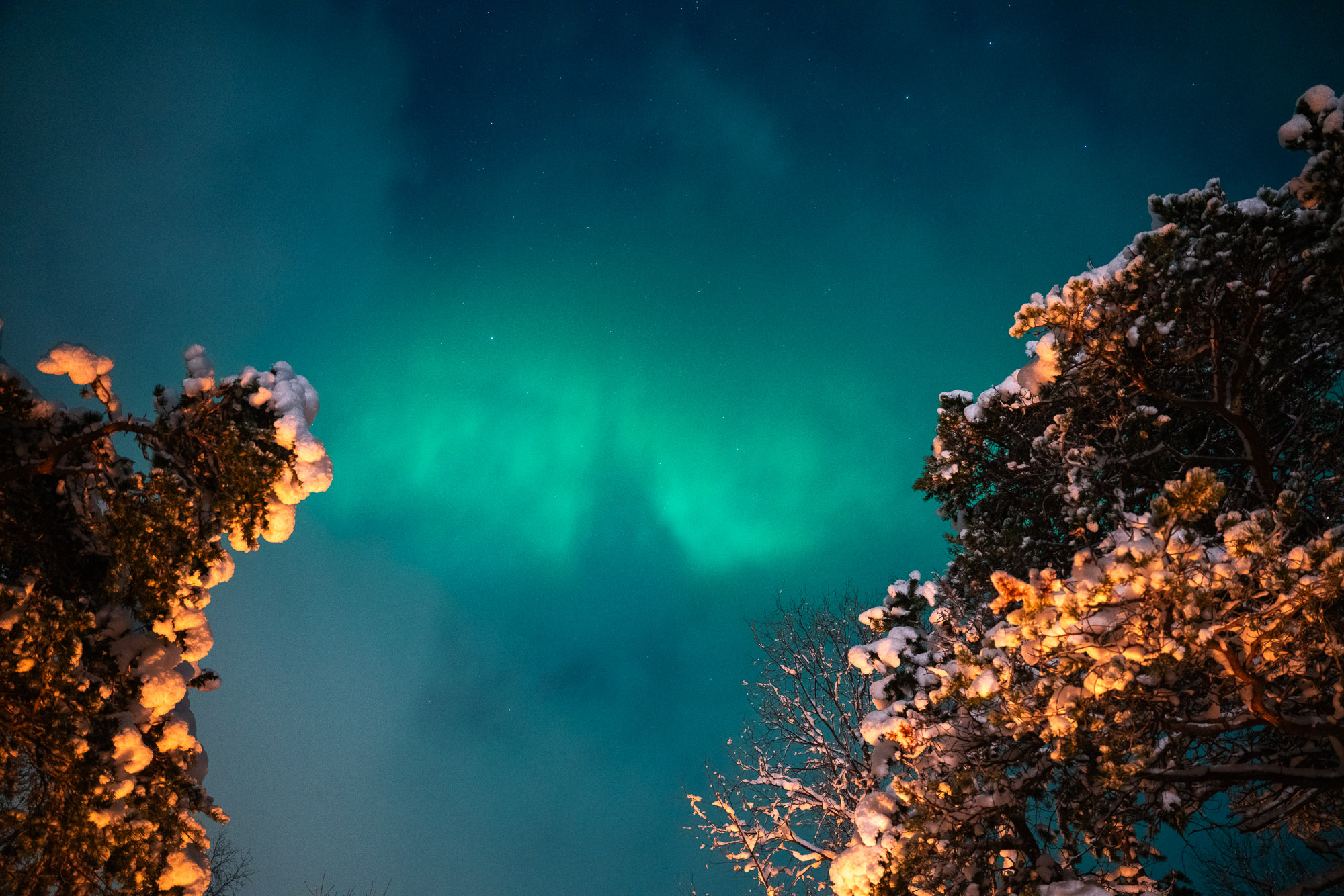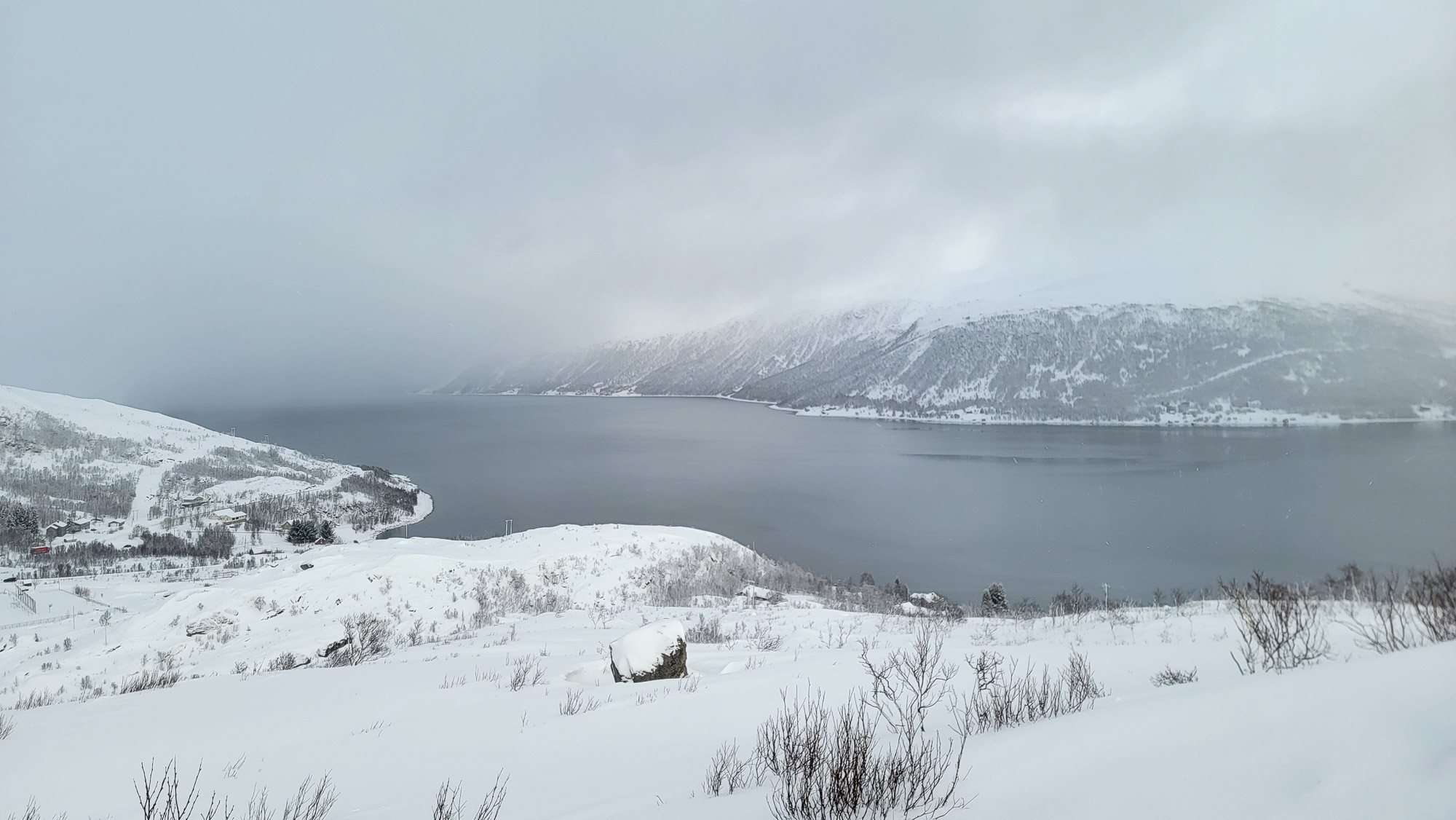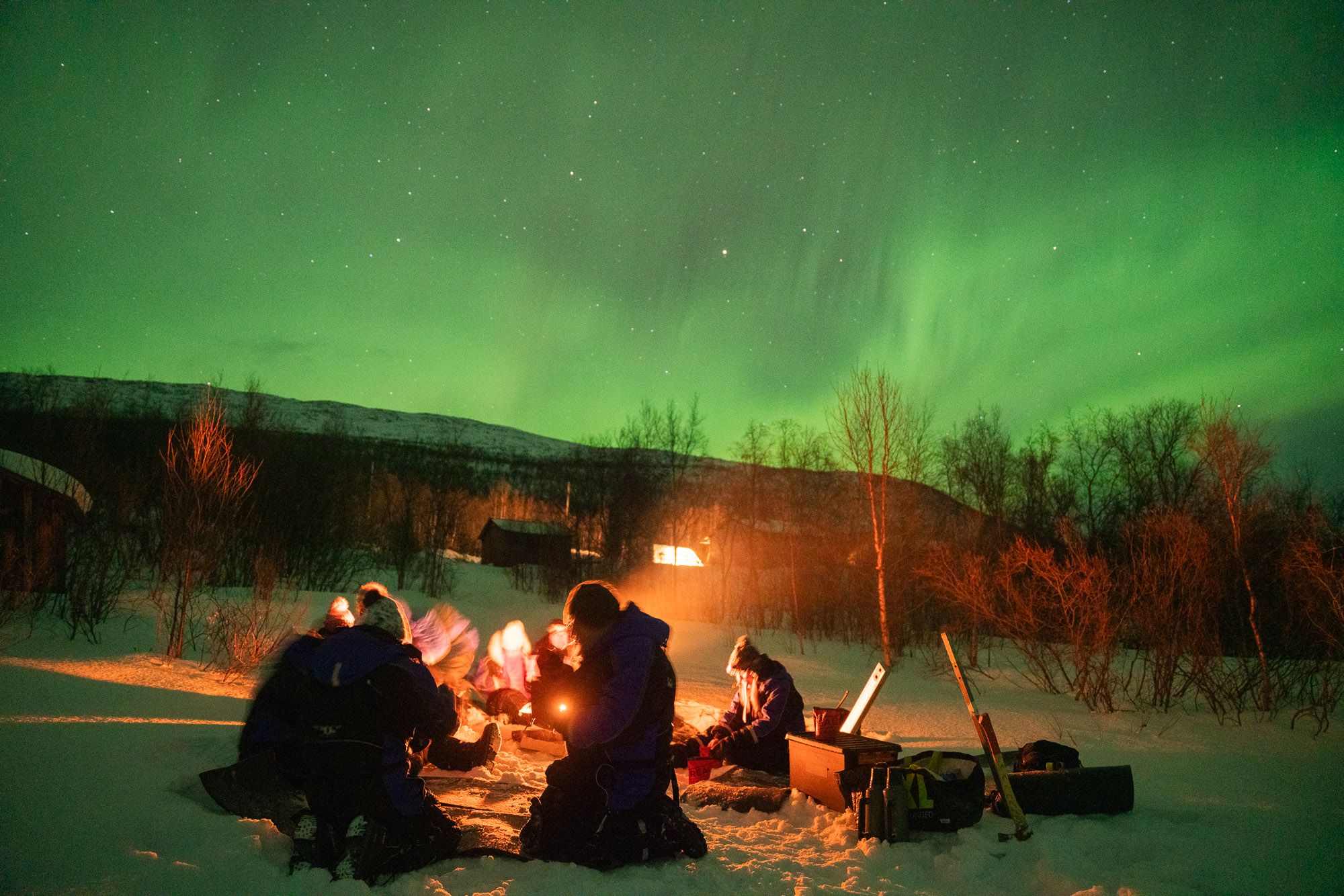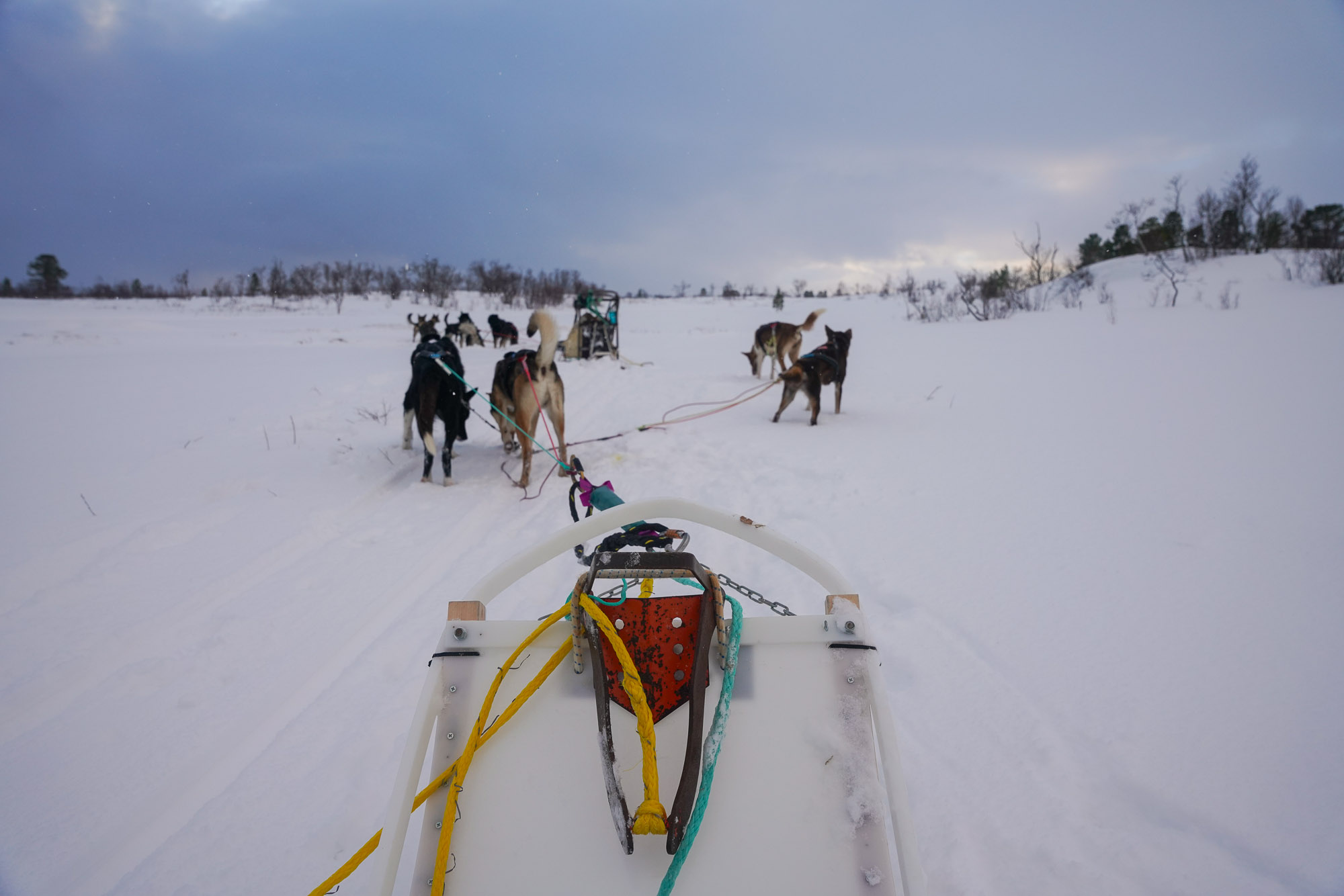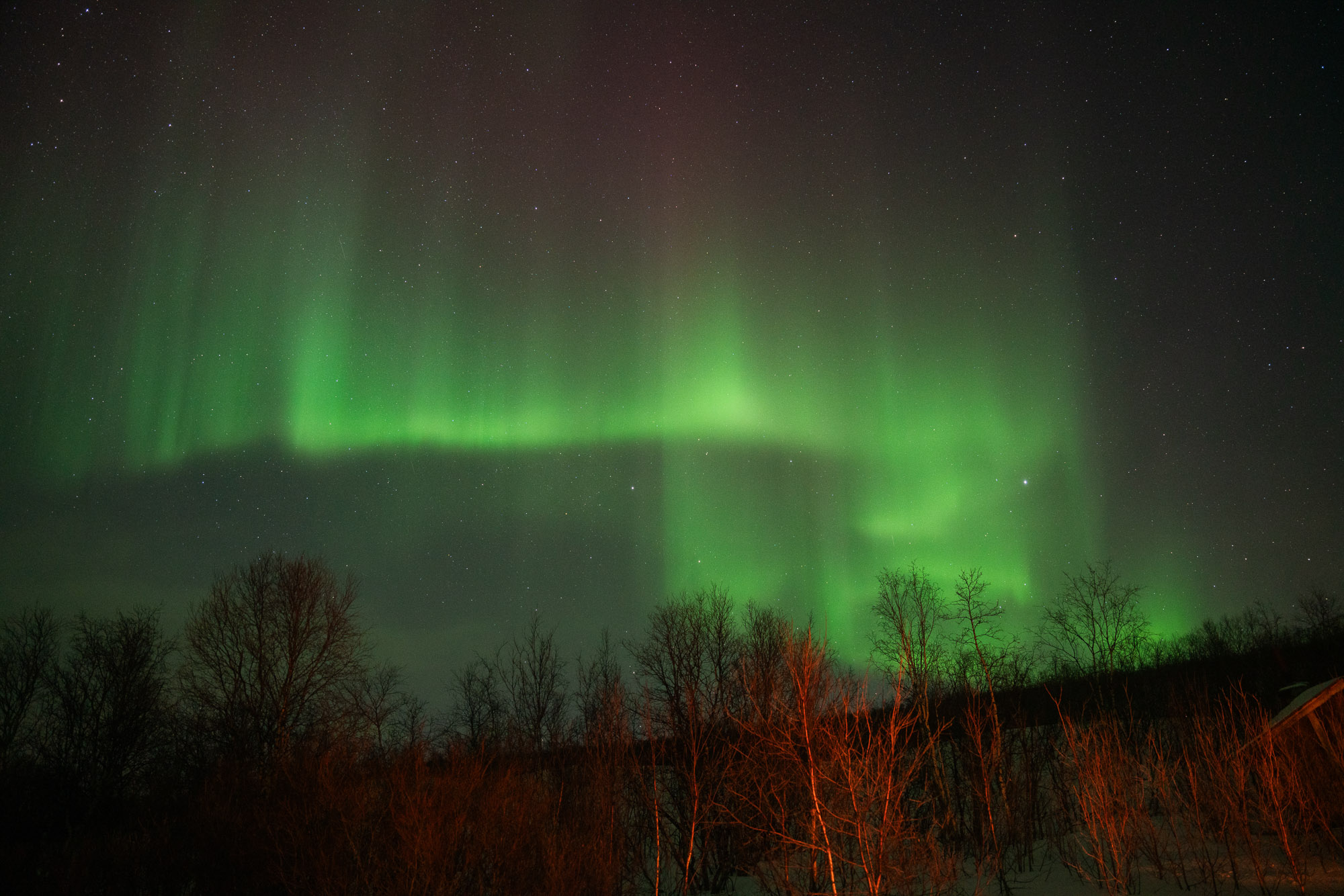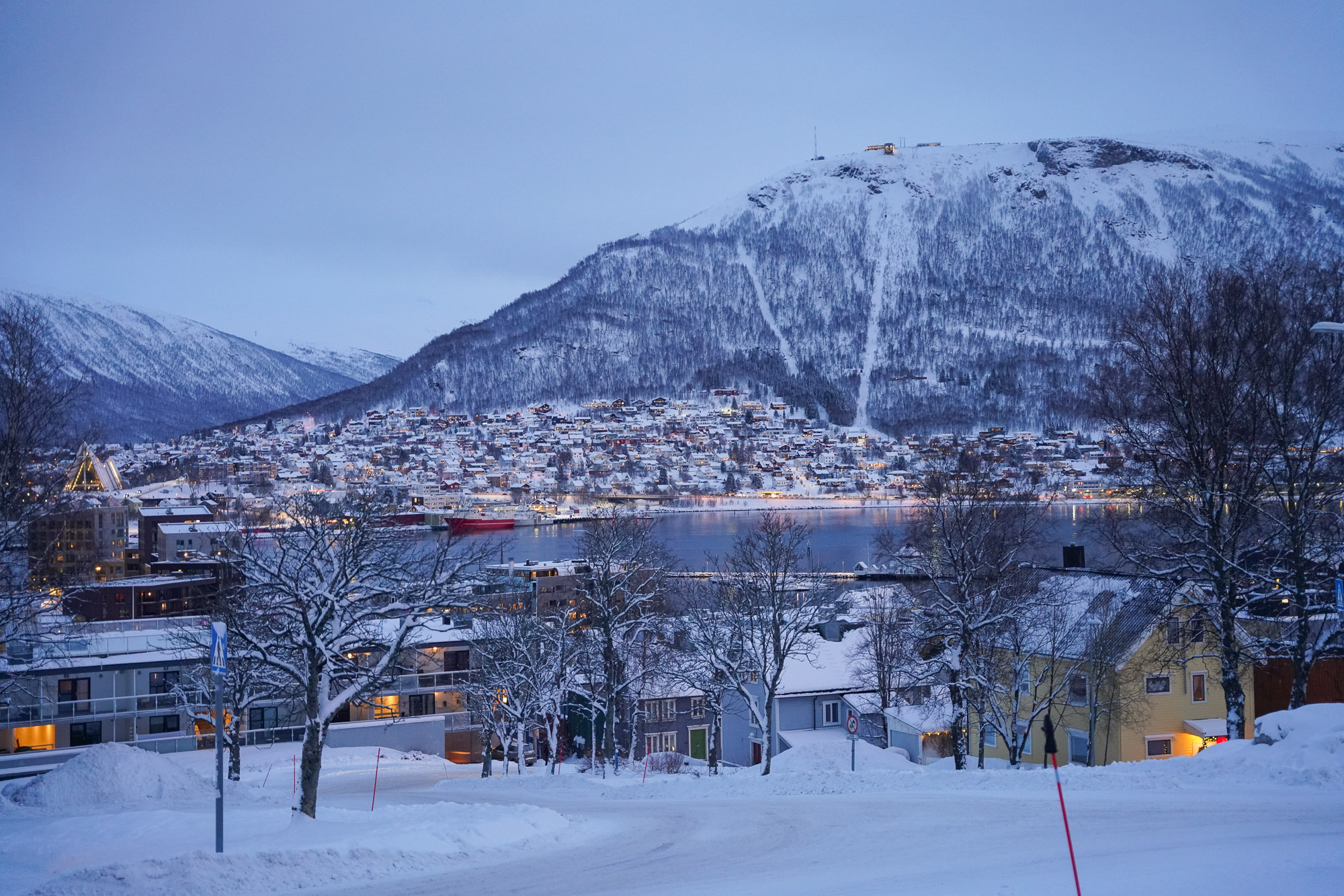Published by Jeremy. Last Updated on March 18, 2025.
Disclaimers: Our site uses demographic data, email opt-ins, display advertising, and affiliate links. Please check out our Terms and Conditions for more information. Listed prices and attraction details may have changed since our visit and initial publication.
There are cold climate vacations, and then there is vacationing in the Arctic Circle in the dead of winter cold.
To put it bluntly, if you’re heading to the Arctic Circle and are planning on outdoor experiences (be it dogsledding, chasing the aurora borealis, or something else outdoors), you’ll want to plan on some extra items in your packing list.
So in this one, we wanted to discuss winter items that you really should consider adding to your packing list (or upgrading to a better quality item) if you are heading up to the Arctic Circle in the colder months!
✈️ Book Your Next Trip
- • Planning a trip? Find a flight deal.
- • In need of a room? Check out hotel and apartment prices.
- • Taking a cruise? Find a cruise itinerary for your journey.
- • Don't overlook picking up a rental car or day tours as well!
Base Layers
One item we got the most use out of during our time in the Arctic Circle was our base layers that went under our clothes. These engineered liners can be rated for many temperature conditions and help trap your body heat to keep you warm.
Now, we’ll be the first to admit that base layers often go against conventional local logic in the Arctic Circle- we spoke to many people who prefer breathable wool on the skin and ample layers over the top of engineered base layers (you can heat up quite a bit in these, and the moisture from sweating is not great). But, not having those, we found our base layers worked just fine for us in the Arctic Circle.
We also packed two base layers of varying thickness as well. This allowed us be a bit more adaptable when it comes to the weather. Is it mild outside? A thin pair of base layer pants was fine. A bit colder? A thin shirt base layer, too. Going out until 3 am on a cold Aurora trip? Bring out the thickest layers of everything (and book a tour that gives extra clothing)!
To buy base layers, click here.
Warm Gloves
Gloves can be all over the place with regard to heat. Some people like engineered gloves that are rated for extreme cold. Others like a combo of glove liners and mittens. I have a pair of battery-powered heated gloves as well that have served me well despite some issues here or there.
Generally speaking, no matter what style of glove you buy, we trend towards the style of glove that is mitten-shaped over ones that have individual slots for every finger. This is because your hands emit heat, and having your fingers (often sans thumb) in the same compartment allows them to help warm each other up.
In either case, paying a bit more for warm gloves can go a long way in the cold Arctic winter.
To buy gloves, click here.
Hand Warmers
It is no secret that winters in the Arctic Circle can be cold. Nights (and even some daytime conditions) can easily get to -20 °F, if not worse, in some parts of the Arctic Circle in winter, and sometimes the gear you bring from home is simply not good enough for that level of cold.
We always pack a box of hand warmers in our bag for cold conditions as these little pouches contain a chemical that reacts with oxygen and emits fairly consistent heat for hours. Break a pouch out, mix the material around inside the mesh bag, put in your gloves and shoes, and enjoy some extra heat when it is extremely cold out!
Now, you may get lucky here.
It isn’t always that frigid in the Arctic Circle. When we were in Tromso, Norway, in February, for example. they were having a heat wave, and it barely got below freezing. When we went inland to Finland to chase the Northern Lights, it was barely +25 °F and, coupled with even more extreme winter gear provided by our tour company, was actually quite pleasant.
That said, not all tour companies provide extra warm clothing, and you may have much colder weather than us, so taking hand warmers with you is a great insurance policy for the variable weather all the same.
Note: Please do not take hand warmers to any experiences that have animals, like dogsledding. The ingredients can be toxic. We were requested to leave all hand warmers at reception during this experience.
To buy hand warmers, click here.
Tripod
A tripod is the only item we recommend throwing into your pack that isn’t clothing-related for a simple purpose- you’ll get much better photos of the aurora borealis with one.
We have an entire article about how to photograph the northern lights, but to summarize it quickly, the aurora looks much better through your camera than your own eyes.
You can read the full explanation for that at the previous link, but photography of the northern lights is an absolute must if heading out on a tour to see the bright and vibrant colors that you expect from photos.
Phones, unfortunately, just aren’t that great in low light, and especially true freehand. Yes, newer model phones are actually getting exceptionally good night modes, but when the best photos of the aurora often come from manual mode at 2-10 seconds in duration, even a top-of-the-line night mode will only get you so far.
So if you want to get the best shots of the aurora, read our guide on how to snap photos, pack a tripod, and start practicing in manual mode!
To buy a tripod, click here.
Ice Cleats
Finally, we come to ice cleats. Now, we’ll be the first to mention that these are entirely optional (we did not have them, unlike the previous four items), but we do note that they could be incredibly useful in the Arctic Circle in winter.
Why is that? There will be snow and ice. A lot of it.
Both times we’ve been to the Arctic Circle in the winter (Tromso, Norway, and Kiruna, Sweden), snow and ice were always present. Although climate change is causing even the Arctic to warm up and get some winter rain, typically speaking, once snow and ice is down, it’ll stay there all winter.
Roads are covered in snow and ice (don’t drive, please). Sidewalks are often untreated and covered in snow and ice. It is everywhere.
Although we have great hiking boots with decently good traction, there were many times when we struggled with slick spots, even on public sidewalks- giving the risk of falling down. It is to no one’s surprise that many tourist shops in the tourist towns sell plastic ice cleats that go on your shoes, and they do so for good reason- extra traction is a great idea!
But, as we mentioned at the start of this one, your mileage may vary here. Do you need these? Well, not really. Would they be helpful when it is icy out or if you’re going out on a tour into the wilderness? We wouldn’t argue that. We slipped a lot!
To buy ice cleats, click here.
Although some of the items on this list may be optional or perhaps not necessary if you are visiting the Arctic Circle during a mild period, when things get cold, you’ll be thankful for having some of this gear in your suitcase!
Do you have a favorite item to pack for the Arctic Circle? Comment below to share!
About Jeremy

About the Author: Jeremy is a full-time travel writer based in Pittsburgh and primary author of this site. He has been to 70+ countries on five continents and seeks out new food, adventure activities, and off-the-beaten-path experiences wherever he travels.
